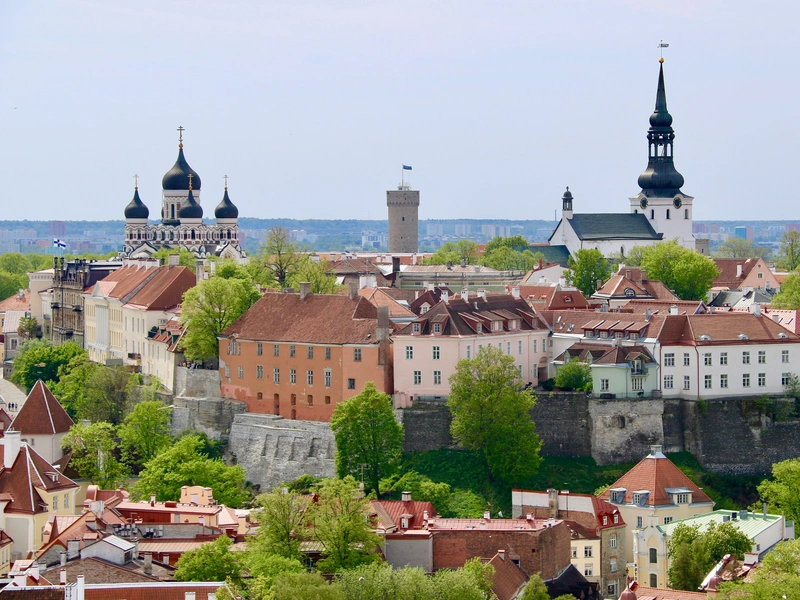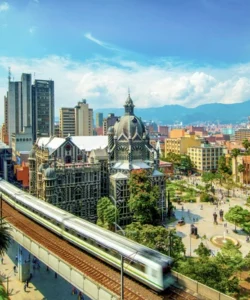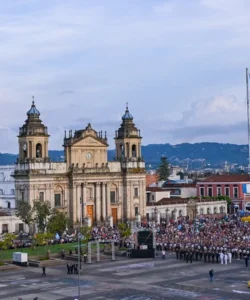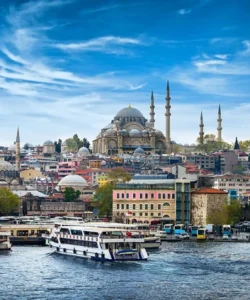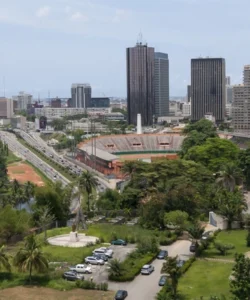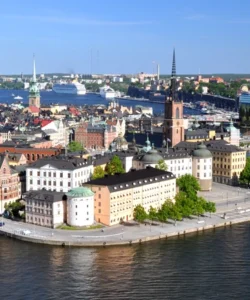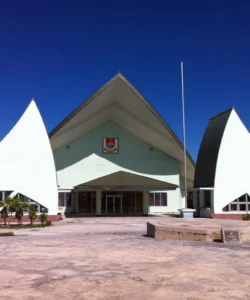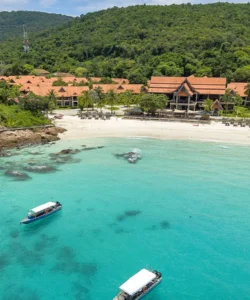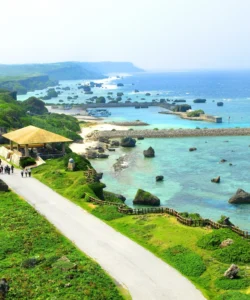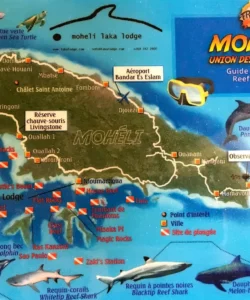Estonia, officially the Republic of Estonia, is a country in Northern Europe. It is bordered to the north by the Gulf of Finland, to the west by the Baltic Sea, to the south by Latvia, and to the east by Lake Peipus and Russia. Known for its strong digital society, rich history, and natural beauty, Estonia is a fascinating destination.
![]()
Area: Approximately 45,339 square kilometers (17,505 sq mi).
Population: As of 2023, the population is estimated at around 1.37 million.
Language: The official language is Estonian, a Finnic language closely related to Finnish. Russian is also widely spoken, particularly among the older generation and in certain regions. English is commonly understood, especially among younger people and in tourist areas.
Currency: The official currency is the Euro (EUR).
Religion: Estonia is one of the least religious countries in the world. While various denominations exist, religious affiliation is generally low. The largest Christian denominations are Lutheranism and Eastern Orthodoxy (primarily among the Russian-speaking population).
Capital: Tallinn is the capital and largest city of Estonia. It’s renowned for its remarkably preserved medieval Old Town, a UNESCO World Heritage site, which features cobbled streets, historic buildings, and charming squares.
Major Cities: Besides Tallinn, other significant cities include Tartu (a university city), Narva, Pärnu (a popular summer resort), and Kohtla-Järve.
Attractions & Wonders: Estonia offers a diverse range of attractions, blending medieval charm with modern innovation and natural landscapes:
- Tallinn Old Town: A UNESCO World Heritage site, it’s the most iconic attraction. Highlights include Toompea Castle, Alexander Nevsky Cathedral, St. Olaf’s Church, Raekoja Plats (Town Hall Square), and the many guild houses and defensive walls.
- Lahemaa National Park: Estonia’s largest national park, known for its pristine forests, rocky coastlines, bogs, and traditional fishing villages. It’s excellent for hiking, cycling, and wildlife spotting.
- Saaremaa Island: The largest island in Estonia, famous for its unique natural features like the Kaali meteorite craters, windmills, and the medieval Kuressaare Castle.
- Pärnu: A popular summer resort town on the west coast, known for its sandy beaches, spas, and vibrant summer atmosphere.
- Tartu: Estonia’s intellectual and cultural capital, home to the prestigious University of Tartu. Attractions include the Toome Hill, Tartu Cathedral ruins, and various museums.
- Soomaa National Park: Famous for its “fifth season” (spring floods), which allows for canoeing through submerged forests. It’s also a great place for bog walking and observing local wildlife.
- Narva Castle (Hermann Castle): A well-preserved medieval castle in Narva, facing the Russian Ivangorod Fortress across the Narva River.
- Estonian Open Air Museum (Tallinn): Showcases rural Estonian architecture and village life from different historical periods.
Architecture: Estonian architecture spans several centuries, reflecting its historical influences:
- Medieval: Most prominently seen in Tallinn’s Old Town with its Gothic churches (e.g., St. Olaf’s, St. Nicholas’), defensive walls, and merchant houses. Castles and fortresses are also notable.
- Baroque and Neoclassical: Evident in manor houses, some government buildings, and churches from later centuries.
- Art Nouveau: Found in some early 20th-century buildings in Tallinn and Tartu.
- Soviet Era: Large panel apartment blocks and some brutalist public buildings are characteristic of the Soviet period, particularly in cities like Kohtla-Järve and parts of Tallinn and Tartu.
- Modern: Contemporary Estonian architecture emphasizes clean lines, functionality, and often incorporates natural materials, visible in new public buildings, residential areas, and the innovative “e-Estonia” infrastructure.
Roads: Estonia has a relatively well-developed and maintained road network, especially the main highways connecting major cities. The quality of roads is generally good, and signage is clear. The country has invested significantly in improving its infrastructure, making it easy to travel by car or bus.
Hotels: Estonia offers a wide range of accommodation options. In Tallinn, you’ll find everything from luxurious five-star hotels and boutique hotels within the Old Town to budget-friendly hostels. International hotel chains operate in major cities. Outside of Tallinn, options include charming guesthouses, rural farm stays, and modern hotels in cities like Tartu and Pärnu. The emphasis on nature and wellness also means there are many spa hotels and resorts, particularly in Pärnu and Saaremaa.
Restaurants: Estonian cuisine has evolved, blending traditional influences with modern culinary trends.
- Tallinn’s culinary scene is diverse, offering fine dining, international cuisine, and cozy cafes, especially within the Old Town.
- Traditional Estonian food is often hearty and seasonal, with influences from Scandinavian, German, and Russian cuisines. Staples include rye bread, potatoes, pork, and various dairy products.
- Common dishes:
- Mulgikapsad: Sauerkraut stew with pork.
- Verivorst: Blood sausage, a traditional Christmas dish.
- Kiluvõileib: Sprat sandwich, a popular snack.
- Rye Bread: A staple of the Estonian diet, often served with almost every meal.
- Soups and porridges: Often made with barley, peas, or potatoes.
- Forest berries and mushrooms: Widely used in season.
- Modern Estonian cuisine emphasizes fresh, local ingredients and innovative preparation, often with a focus on New Nordic principles.
